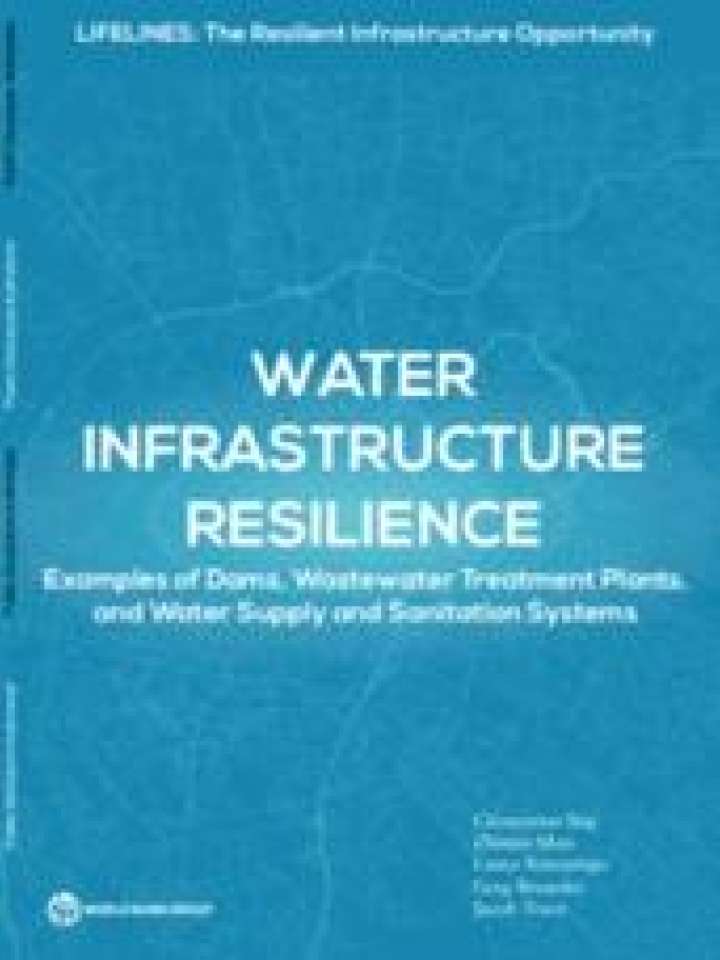Water infrastructure resilience: Examples of dams, wastewater treatment plants, and water supply and sanitation systems
Water systems are a special kind of infrastructure system because they perform a dual role: they provide water services while also reducing risks to other services from natural hazards such as floods and droughts. This report aims to inform water system managers on the importance of and measures to build the resilience of water service provision to natural hazards and climate risks while ensuring that water systems can safeguard service provision by reducing their exposure to the risks associated with natural hazards.
When choosing resilience measures, water systems managers should consider the following six principles while also incorporating the concept of decision making under deep uncertainty: 1) knowing the system through network analysis and criticality assessment; 2) improving maintenance to reduce vulnerability and improve resilience; 3) involving users for active demand management; 4) working with nature to manage and respond to risks; 5) developing and improving contingency management; and 6) applying innovation where appropriate. In addition, since water systems reduce the risks associated with certain natural hazards to other services like power, transport and water itself, such safeguard services should be accounted for when making the case for resilience investments in water systems. This paper was prepared as background material for the Lifelines report on infrastructure resilience.
Explore further
